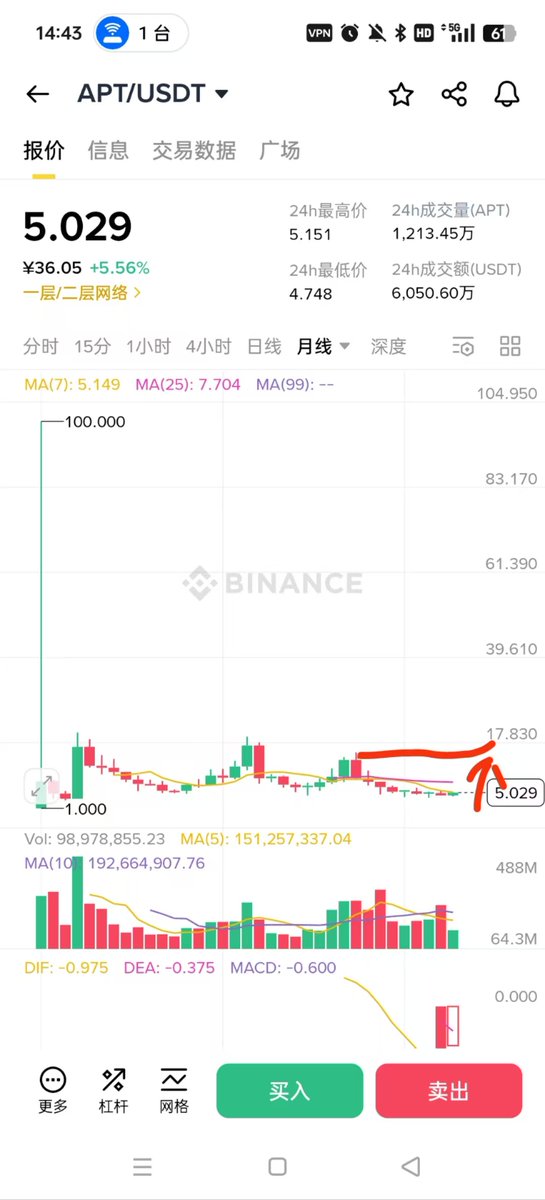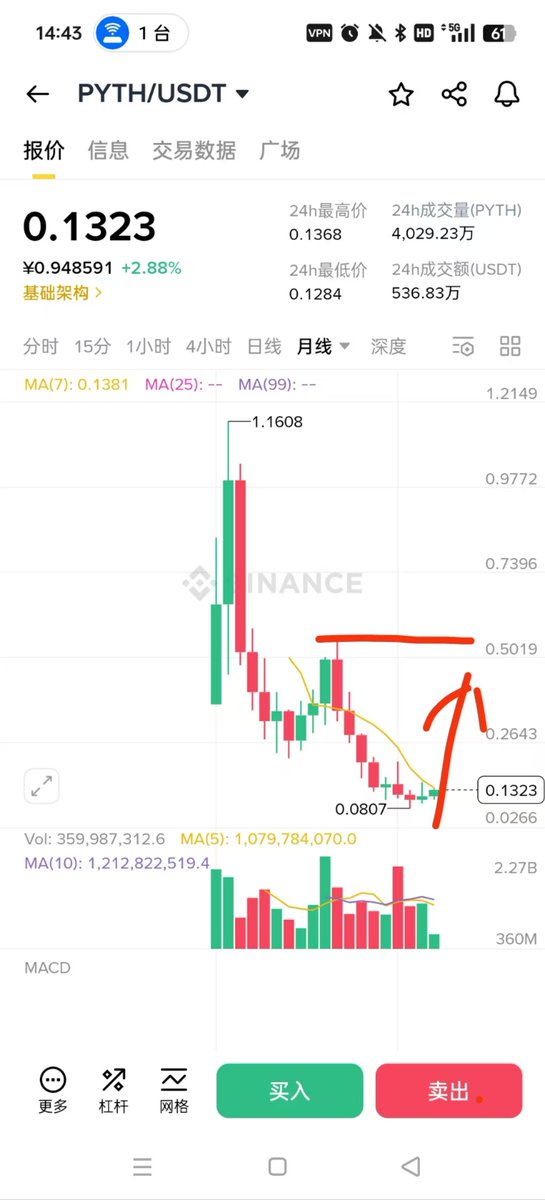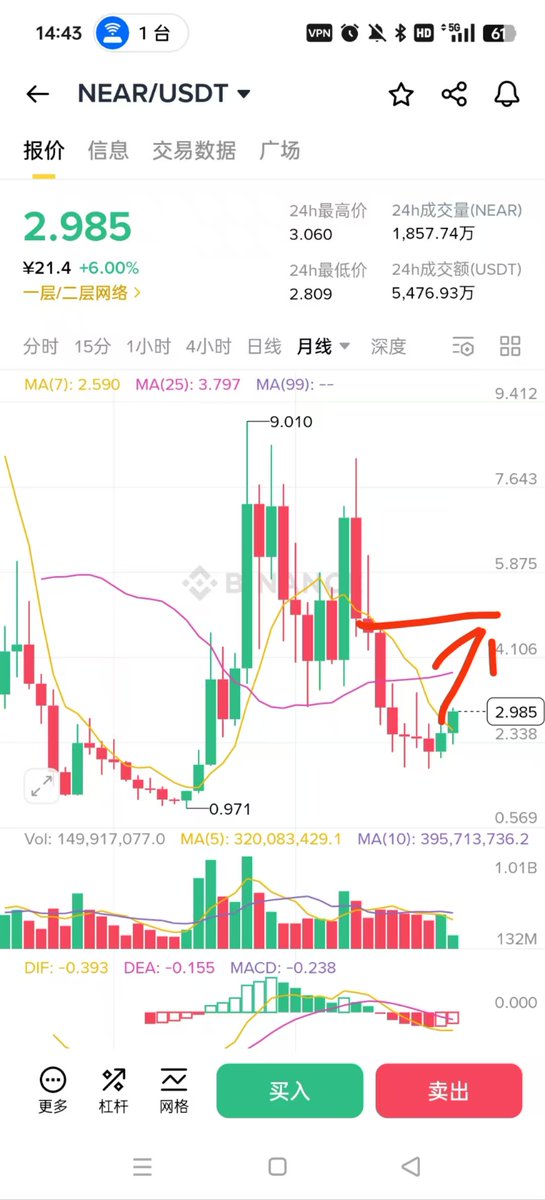Are public chains all on the rise? Sui @SuiNetwork, Sol @solana, ETH mainnet! What else should we pay attention to?
Let’s talk about @Aptos, @NEARProtocol, and @PythNetwork.
Let’s discuss why they are still worth investing in and how each of these three public chains has its own characteristics!
1️⃣ Aptos: A dual drive of technology and ecosystem
First, let’s talk about @Aptos. This project was truly born with a golden spoon.
It was started in 2021 by big shots from the Meta (Facebook) team, carrying the technical genes of Diem, and the Move language was designed specifically for financial applications. At first, everyone thought it was just a "tech show," but now it seems they really have substance.
Recently, the trading volume has skyrocketed, with $410M in 24 hours and $2.89B in a week, hitting a six-month high! In Q2, the DEX trading volume reached $9.0B, a staggering 310% increase quarter-over-quarter.
The key is the dual drive of technological upgrades and ecosystem implementation. The Baby Raptr consensus upgrade reduced validator latency by 20%, with block time at 130ms and user confirmation at 650ms—this speed is indeed impressive.
Native projects like Hyperion and ThalaSwap V2 have driven the entire ecosystem, with the stablecoin market cap growing by 85.9% to $1.2 billion, and RWA assets exceeding $723M, making it the third-largest RWA chain.
The transformation from a "tech show" to a "truly active ecosystem" can be considered a success.
2️⃣ Pyth Network: Innovation in data oracles
Next, let’s look at @PythNetwork, which is specifically designed to solve data issues.
Launched on Solana in 2021 with support from Jump Crypto, it provides high-quality real-time price data for DeFi. Unlike Chainlink, Pyth's data comes directly from financial institutions, not node operators.
The core technology is the Pythnet application chain, based on Solana's PoA network, where data publishers run validators directly, with sub-second updates and a confidence interval mechanism that is transparent and auditable.
It has now been cross-chain deployed to over 20 chains, providing price data for cryptocurrencies and traditional financial assets for various DeFi protocols.
The PYTH token is used for governance and incentives, allowing holders to vote on network development.
3️⃣ NEAR Protocol: AI-native and innovative experience
Finally, we have @NEARProtocol, which has a more interesting story.
Founded in 2018 by Illia Polosukhin and Alexander Skidanov, Illia previously worked on machine learning at Google and was a co-author of the "Attention Is All You Need" paper, which is the transformer architecture used in large models today.
They initially aimed to teach machines to write code with NEAR AI but later discovered the potential of Web3 and decided to leverage their expertise in distributed systems to create a new protocol.
The mainnet launched in April 2020, with the core being Nightshade sharding technology, linear scalability, and innovations like account abstraction, human-readable account names, and progressive security.
It is now positioned as an "AI-native blockchain," with a block time of 600ms and a one-second confirmation, specifically designed for AI applications and smart agents.
4️⃣ Comparison and summary of the three major public chains
Each of the three projects has its own characteristics:
◻️ Aptos: Move language + high performance, expert in financial applications
◻️ Pyth: Data oracle, connecting traditional finance and DeFi
◻️ NEAR: AI-native, user experience first
They are all leaders in their respective fields, with completely different technical routes but have found their own positioning! As the market returns, will they catch the attention of institutions and attract hot money?
Which chain do you prefer, everyone?
Show original


34.3K
77
The content on this page is provided by third parties. Unless otherwise stated, OKX TR is not the author of the cited article(s) and does not claim any copyright in the materials. The content is provided for informational purposes only and does not represent the views of OKX TR. It is not intended to be an endorsement of any kind and should not be considered investment advice or a solicitation to buy or sell digital assets. To the extent generative AI is utilized to provide summaries or other information, such AI generated content may be inaccurate or inconsistent. Please read the linked article for more details and information. OKX TR is not responsible for content hosted on third party sites. Digital asset holdings, including stablecoins and NFTs, involve a high degree of risk and can fluctuate greatly. You should carefully consider whether trading or holding digital assets is suitable for you in light of your financial condition.

